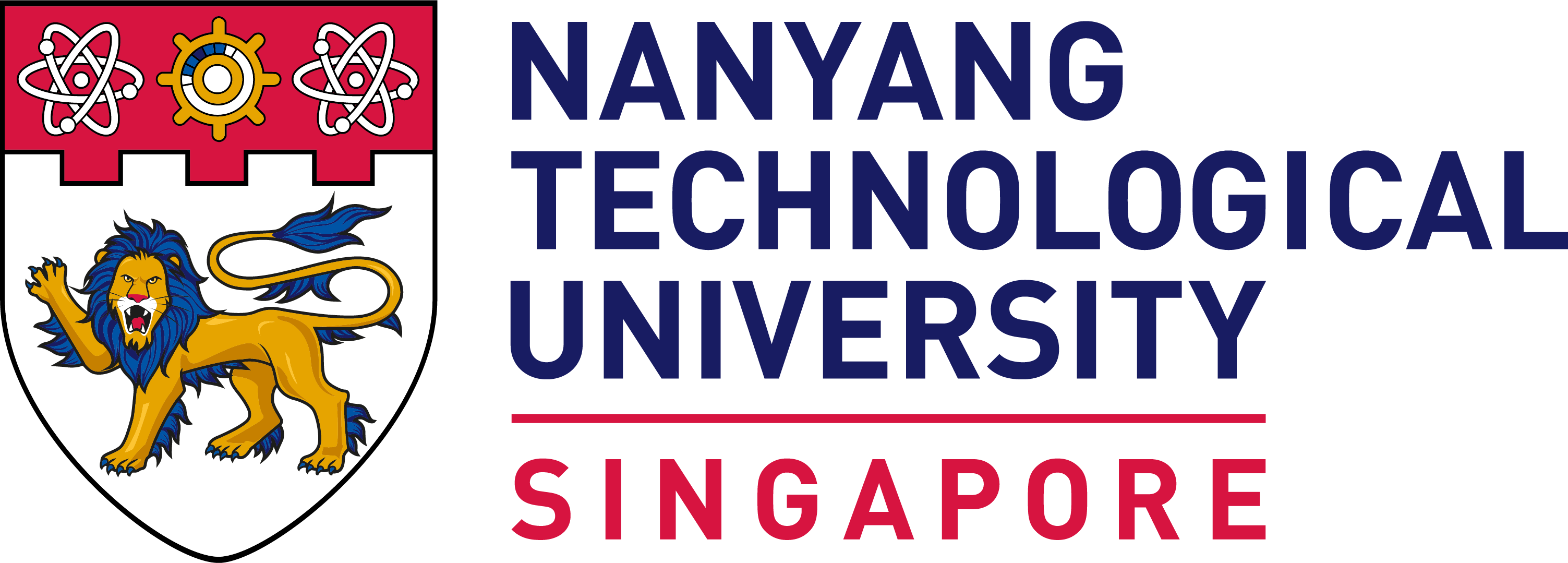Seminar on Micromechanical modelling of inter-granular damage and fracture in polycrystalline aggregates

Dr. Tuncay Yalçinkaya Department of Aerospace Engineering Middle East Technical University This seminar will be hosted by Assistant Professor Matteo Seita |
| Seminar Abstract |
The recent developments in the production of miniaturized devices have increased the demand on micro-components where the thickness ranges from tens to hundreds of microns. Different challenges, such as size effect and stress concentrations at the grain boundaries, arise due to the deformation heterogeneity observed at grain scale. Various metallic alloys exhibit substantial localization and stress concentration at the grain boundaries. In this regard, inter-granular damage evolution, crack initiation and propagation becomes an important failure mechanism at this length scale. Crystal plasticity approach captures intrinsically the heterogeneity developing due to grain orientation mismatch. However, the commonly used local versions do not possess a specific GB model and leads to jumps at the boundaries. Therefore, a more physical treatment of grain boundaries is needed for a proper analysis of inter-granular localization ad stress concentration. For this purpose, in this work, the Gurtin GB model (Gurtin (2008)) is incorporated into a strain gradient crystal plasticity framework (Yalcinkaya et al. (2011), Yalcinkaya et al. (2012), Yalcinkaya (2017)), where the intensity of the localization and stress concentration could be modelled considering the effect of grain boundary orientation, the mismatch and the strength of the GB. 3D grain microstructure is created through Voronoi tessellation which includes automatically inserted interface elements between the grains. Moreover, the fracture behavior of the GB is modelled through incorporation of a potential based cohesive zone model (see Park et al. (2009), Cerrone et al. (2014)) and a recently developed physics-based cohesive element. The numerical examples present the performance of the developed tool in the context of microstructure evolution, localization, crack initiation and propagation in micron-sized polycrystalline specimens, taking into account the microstructural features of metallic alloys. |
| Speaker’s Biography |
Tuncay Yalçinkaya received his BSc degree in Aerospace Engineering from Middle East Technical University in 2003. Thereafter he attended COMMAS course at University of Stuttgart and obtained his MSc degree in Computational Mechanics in 2005. Then he worked as a PhD researcher at Eindhoven University of Technology in the Netherlands where he received his PhD degree in 2011. After working as a postdoctoral grant holder at European Commission, Joint Research Centre between 2010-2013, he worked as a postdoctoral researcher at University of Oxford and as a Lecturer at St. Anne’s College of Oxford University between 2013-2015. Since 2015 he has been working as a Lecturer (Assistant Professor and then Associate Professor) at the Department of Aerospace Engineering of Middle East Technical University. The research of Dr. Yalcinkaya focusses on the micromechanics of plasticity, damage and fracture in metallic materials, and he develops physics based models linking micromechanical phenomena to the macroscopic observations. |

